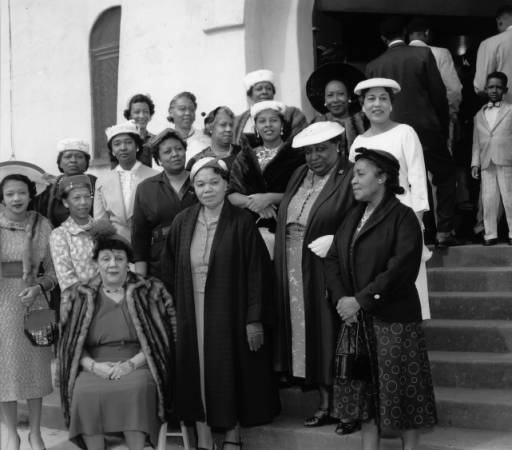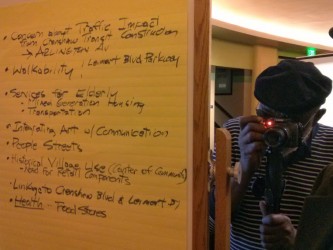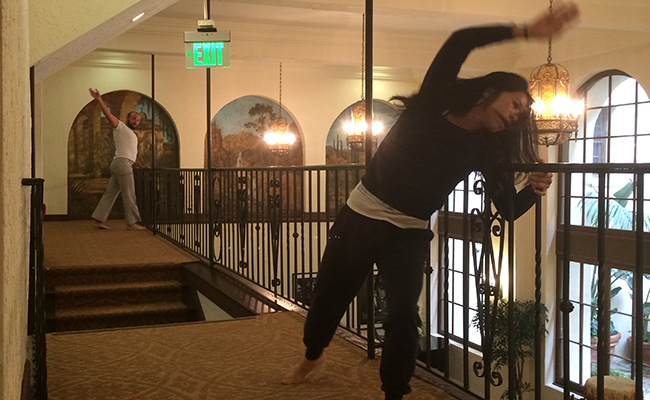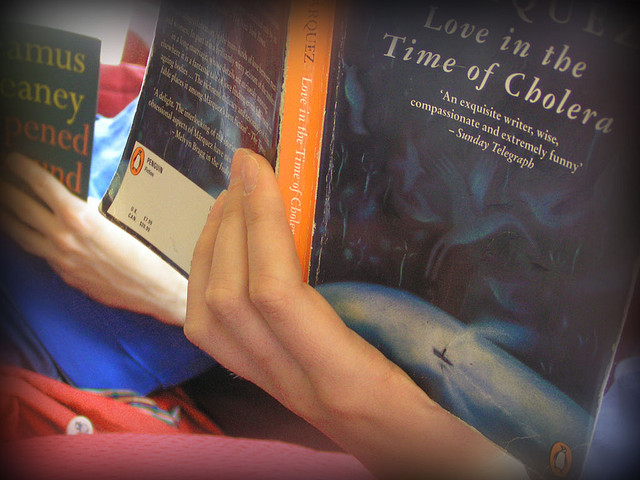
“Church Mothers” stand outside the First AME Church in South LA, circa 1960. | USC Digital Library
For many generations, churches have been integral to the character of South Los Angeles. The First African Methodist Episcopal stands as an example.
Dressed in “Sunday best” attire, the 16 women are pictured standing in front of the First AME, or simply “FAME.” The photograph is from the 1960s.
Founded in 1872, FAME is the city’s oldest African-American church. Before the 1970s, the church had a population of 250 congregants. It now boasts a congregation of about 19,000 members and is considered a mega-church with task forces for health, substance abuse and homelessness issues. [Read more…]






















